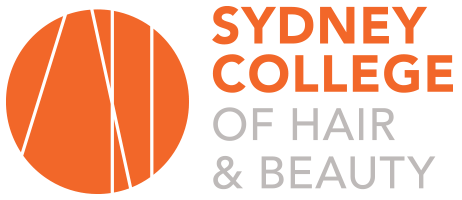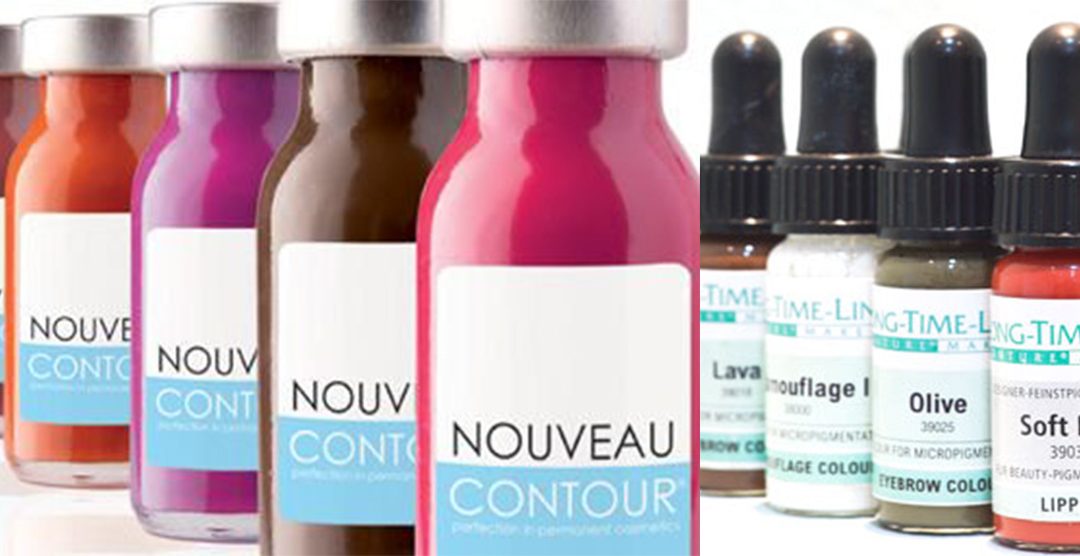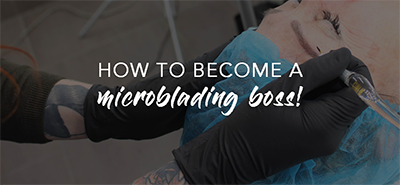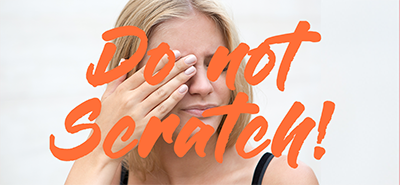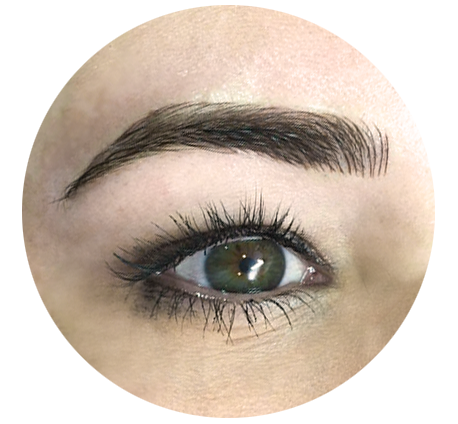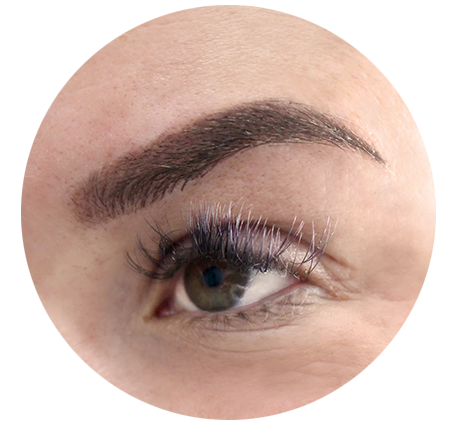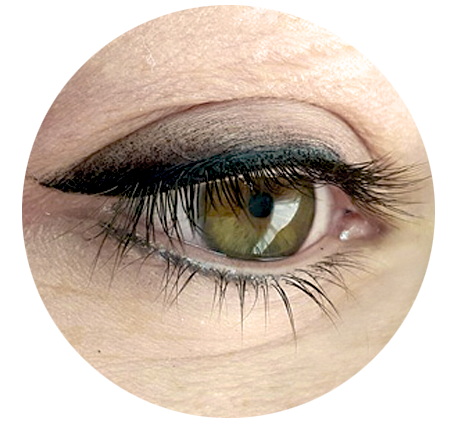Whether you are just starting out in your career as a cosmetic tattoo artist or whether you are a seasoned expert you will be looking for the best provider of supplies that you can find. With so many brands available on the market from all over the world, how are we ever meant to find the one thats right for us?
I’ve done the hard research for you and come up with a basic checklist of what to look out for. How did I get there? Well keep reading to learn about the intricate world of PMU inks for cosmetic tattooing and microblading – or skip to the end if its all too much!
Tattoo inks are technically not inks at all. The majority of inks are made from pigments (colourants).
The oldest and most traditional pigments were made using ground minerals and carbon materials. Now days most pigments include a mixture of mineral, industrial & vegetable based pigments.
Pigments can be divided into either inorganic or organic compounds.
INORGANIC compounds are easily obtainable from natural sources like Iron Oxides. You might be thinking ‘ natural? so that’s good right?’ – but don’t be fooled!
Iron Oxides fade and change colour. Other commonly used inorganic colourants include mercury (yikes!) and cadmium salts – both of which are toxic! Inorganic colourants are far more likely to result in allergic reactions.
ORGANIC compounds are synthesised. They can provide more intense colours with a wider range of shades. They are also easier to remove with lasers.
What about henna? Henna is an inorganic colourant that is derived from the leaves of certain plants from the ginger family. Although it is commonly seen as a healthy organic colourant the reality is that there is a high likelihood of an allergic reaction.
According to a 2017 investigation into the composition and use of PMU inks in Australia, over 80% of colourants identified in PMU are organic and around 16% of colourants were identified as inorganic.
So what’s the big deal if there are toxic ingredients?
Because the industry is still growing there is very little research into the long term effects of toxic inks or the link between carcinogenic ingredients and cancer. Basically we don’t know for sure what it’s doing to your clients body in the long term. As the tattoo fades the pigment is absorbed by the body and travels through the lymph nodes and liver as part of the body’s normal process. This is especially a concern if the client is having a tattoo removed by a laser. Some PMU ‘artists’ choose to use permanent body tattoo ink as it lasts longer and comes in more vibrant colours.
A 2016 report released by the Australian Governments National Industrial Chemicals Notification + Assessment Scheme (NICNAS) tested over 450 tattoo ink in Australia. 49 brands were selected for testing and only 4 were found to be in compliance with EU standards! Carcinogenic chemicals were found in a massive 83% of black inks.
PMU inks use multiple colourants to create certain colours. These colourants are held together with a ‘carrier’ solution.
The purpose of the carrier solution is to disinfect the pigment and keep it evenly mixed for easy application. Most carrier ingredients include Glycerol, Isopropyl Alcohol, or water however some poor quality inks can use dangerous substances as carriers ingredients such as antifreeze, formaldehyde, and methanol!
Most manufacturers of PMU inks consider the chemical compositions of their colours as a secret recipe and are unwilling to provide ingredient lists to consumers. So how the heck are we supposed to know which ones are safe to use on our clients and ourselves and which ones aren’t?
Regulations by country :
But wait…. it gets even more confusing! Different countries have different regulations regarding the labelling of products, ingredients used, and safety testing.
USA – classified as cosmetics but DO NOT REQUIRE FDA PRE APPROVAL for sale. The FDA does not regulate colourants used in PMU inks.
EU – has framework in place to regulate the labelling and risk assessment of tattoo and PMU inks
AU – Under the Industrial Chemicals Act 1989 chemical ingredients of PMU inks are required to be listed on the Australian Inventory of Chemical Substances (AICS) before they can be imported into or manufactured in Australia.
Holy eyebrows – this is complicated! But fear not – I’ve put together a list of what to look for when choosing a PMU ink to use on your clients.
WHAT TO LOOK FOR:
- Ask to see a material safety data sheet (MSDS) – if they don’t have one you don’t want to use the product!
- Look for carriers that use glycerine, ethanol, or purified water and avoid ones that use formaldehyde and methanol.
- Check the country of origin – EU is the gold standard
- Does the manufacturer test their inks for bacterial count? Ask for a report.
- Where are they selling? Avoid buying from suppliers on Alibaba or eBay as they may be counterfeit or poor quality.
- Purchase from a registered and licensed importer within Australia
- Look for reviews from other atrists
- Perform a skin test before using a new brand
Related Courses :
Beginners Microblading Course
Our intensive 2 day microblading course is our most popular course for beginners. Learn the basics of microblading.
Advanced Eyebrow Course
Our intensive 3 day course teaches manual and machine hairstroke methods as well as different shading techniques.
Masterclass with Zara
Learn the latest European PMU trends and techniques
Ready to start learning ?
Official Distributor of Australia & NZ

Quality cosmetic tattooing devices, pigments & needles. Made in Germany.
Payment Plans Available

We offer zero interest payment plans on our courses, workshops, and cosmetic tattooing supplies & devices.
